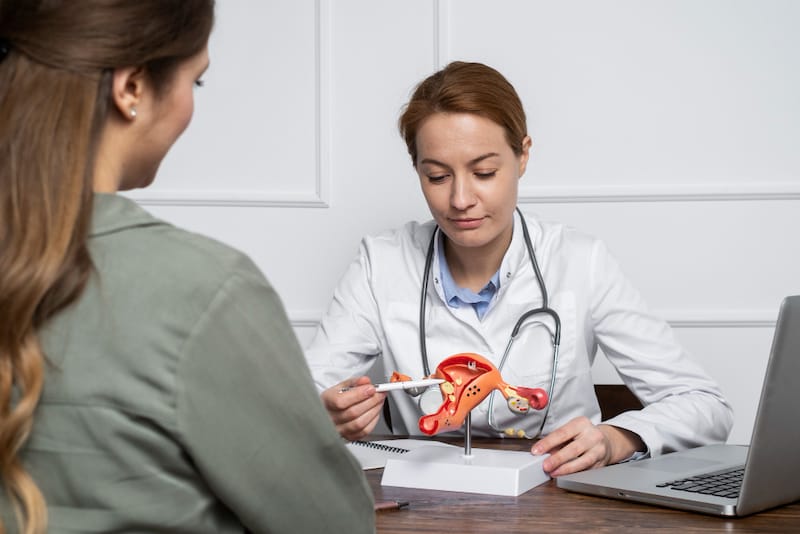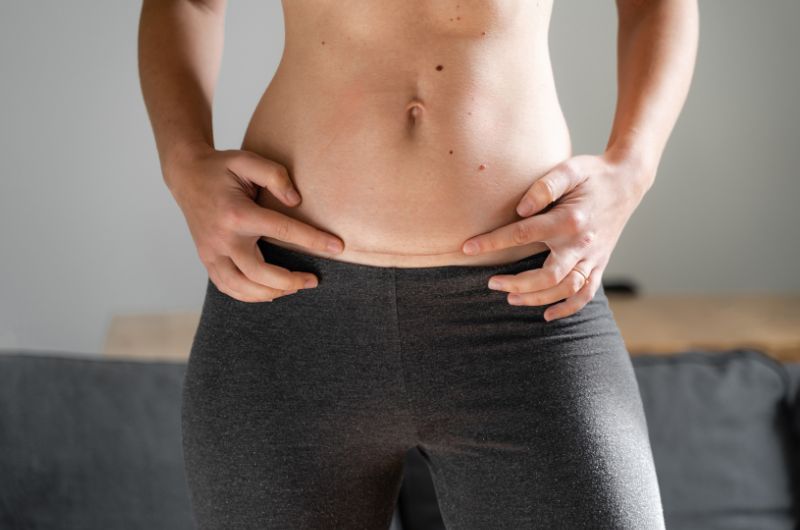How soon you start to exercise after a hysterectomy depends on your healing process after the hysterectomy. Everyone’s body is different. Some may take longer to heal, and some bounce back sooner. It is recommended to do the walking as you exercise first to not over-exert yourself. Follow the walking guidelines after a hysterectomy that helps you to heal. After 6-8 weeks, you can resume exercising, but it is advisable to do light exercises only. Only until the 12th week can you be back to your regular routine, but of course, consult with your doctor first.
Hysterectomy is a surgical procedure wherein the uterus is removed or some parts of it to avoid any related diseases or could be even a treatment option for certain conditions.
The types of hysterectomy depend on how much of the uterus is removed and for a particular reason.
Most people who undergo this procedure don’t encounter any serious problems or complications. But what are the limits, and what should you expect after having one?
What’s the best exercise to do after a hysterectomy?
Those who have gone through a hysterectomy are often told to avoid sex and lifting heavy objects for six weeks or until they are fully recovered.
If you overexert yourself within the said weeks, it may cause you some pain and discomfort, vaginal bleeding or discharge may occur, and of course, incisions may start to ooze or weep.
Walking alone or hill walking is an excellent exercise as cardio.
Performing pelvic exercises alongside with core breathing is a great way to reconnect with your pelvic area and core muscles. Also, you need to be thoughtful about bending over.
If you may need to do so, you may squat at your knees. But make sure to let your healthcare provider know and seek approval first if this could help you on your way to recovery.
Your walking guide after hysterectomy surgery
| Week | Walking Time | Tips |
|---|---|---|
| Week 1-2 after surgery | 5-10 mins | It Is recommended to walk on flat surfaces. Aim to have 10 minutes of walking after the second week. |
| Weeks 2-4 | 5-20 mins | Always look out for overexertion symptoms. Aim to have 20 minutes of walking at the end of the 4th week. |
| Weeks 4-6 | 20-30 mins | Normally, patients can walk continuously but are still on the lookout. Recommended resting In between walks. |
| Weeks 7 onwards | Postoperative check-up | It’s observed that speed starts increasing and can return to normal exercise. |
How long does it take to heal internally after a hysterectomy?
It usually takes around 6-8 weeks for a patient to fully recover after undergoing a hysterectomy.

Bed rest is recommended as pelvic rest for 6 weeks, so patients are told to avoid extreme activities. This is only for internal healing, but scarring may occur, and it usually takes longer to heal.
The healing period is not actually the same for everyone. It depends on everyone’s body. Some people take longer to heal, and some don’t. It depends on what you do for actual recovery.
📌 It’s a common misconception to people that this procedure causes them to lose weight, but there aren’t relevant studies that can prove that. Temporary weight loss after the surgical procedure may be a side effect of anesthesia or other underlying conditions.
The stomach may be swollen after the surgery, so the illusion of your stomach shrinking is not possible.
Changes in the shape of the body vary, but it is not related to hysterectomy. But, it can be possible when the ovaries are removed during the procedure.
The removal of ovaries may cause changes in the body, and symptoms of menopause may occur.
What exercises not to do after a hysterectomy?

For some women, it is said that it will take around 6 weeks to recover their abdominal muscles.
A doctor’s approval might be needed to resume your regular routine and exercise, as it’s generally unsafe yet to perform some exercises for 6-12 weeks.
Exercises that are prohibited during the healing stage of hysterectomy:
- Curls and sit-ups
- Intense abdominal core exercises (e.g, planking, twisting, bicycle crunches, etc.)
- Equipment-based resistance exercises (weight-lifting, etc.)
Walking is a great form of exercise during the hysterectomy’s healing period, and you may refer to the table earlier for how much should you walk for weekly healing.
Take some time to heal, and don’t overexert yourself.
How do I flatten my stomach after a hysterectomy?
As said earlier, it’s a misconception that hysterectomy causes weight loss.
After a hysterectomy, your abdominal area would be swollen, so it’s not true that you may look slimmer. It’s not common for people who undergo a hysterectomy to lose weight.
This surgical procedure has no connection to weight loss. Some people experience to be gaining weight after they have had a hysterectomy.
As discussed, a hysterectomy may affect the removal of the ovaries, which can result in surgical menopause. Surgical menopause is the reason why most women experience weight gain.
Menopause causes changes to the body and its shape. It naturally lowers the body’s estrogen, which causes hormonal change, which is the reason for gaining weight.
Physical inactivity due to recovery and overeating might also be the cause. But not all hysterectomy procedures will cause your body shape to change. It depends on the type of hysterectomy and if it concerns the removal of your ovaries.
For patients who are body conscious, there are some recommended abdominal exercises that you can do in the meantime after you undergo a hysterectomy.
You may refer to the list below.
Safe abdominal exercises after a hysterectomy
This is a list of exercises you may perform after a hysterectomy.
Given time to return to general exercise is usually around 6-8 weeks, but it still needs a doctor’s approval.
- Abdominal bracing
- This includes pelvic floor exercises, arm and leg raises, heal slide exercises, side plant, and forward plank.
- Kegel exercise
- This is a great way to reconnect to your pelvis with pelvic floor exercises.
- Core breathing
- Taking a couple of deep breaths could help relax your abdominal and pelvic floor muscles.
By doing these exercises, you should look out for discomfort. Performing the said exercises should always be free from discomfort.
If ever you feel some while doing one of these exercises, you should stop immediately and take some days off. You need to wait for yourself to fully recover until you are able to do some again.
If, unfortunately, rest will not help ease your discomforts, it is recommended to seek health professional advice.
FAQs
Can I exceed the provided walking duration?
It’s not advisable to exceed during your first week after the procedure.
Your walking duration progresses over time. Let yourself heal first. But if ever your body already can look out for pain and discomfort.
You may not want to overexert yourself as it could lead to more complications.
Can I do some brisk walking?
No, it’s not okay to brisk walk during the first week after a hysterectomy. You may not have the energy to do so too.
It is observed that most women comfortably increase their walking speed in 2-4 weeks. But of course, you need to watch out for any pain and discomfort too.
You should stop and have a full bed rest if ever you feel pain and discomfort.


